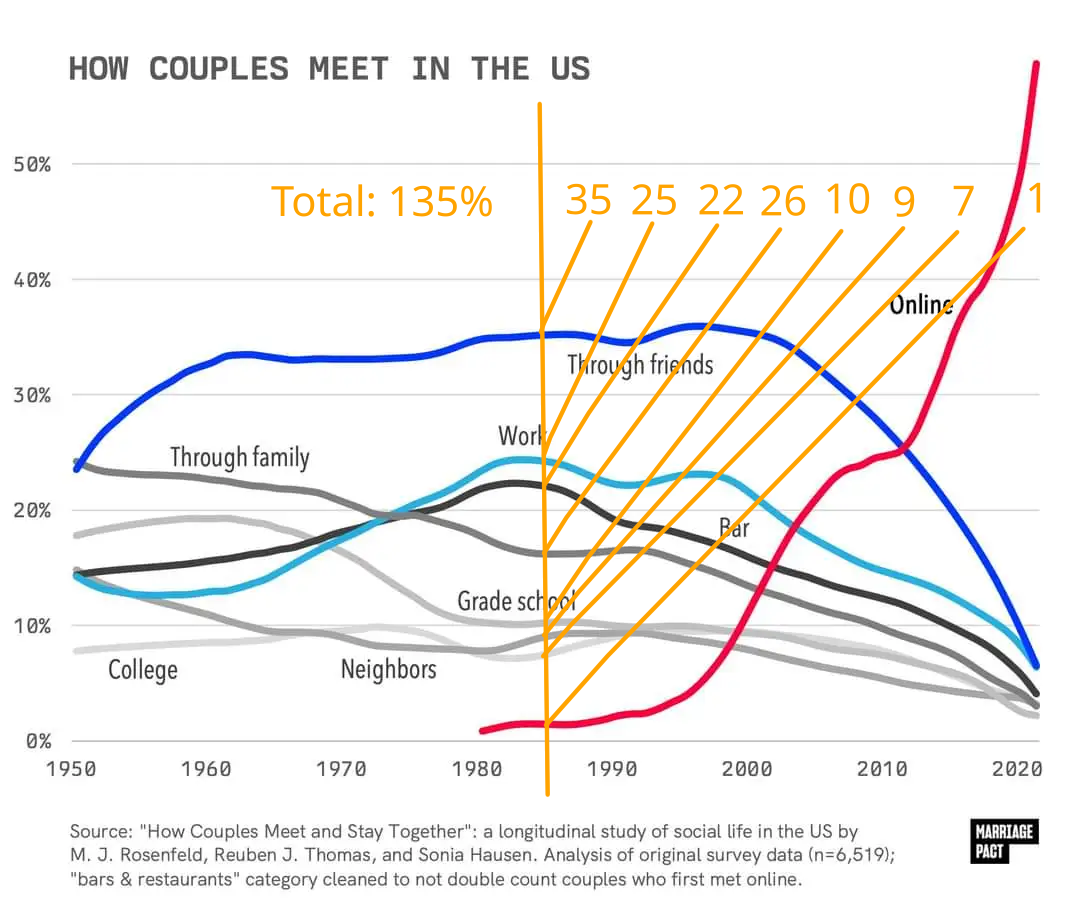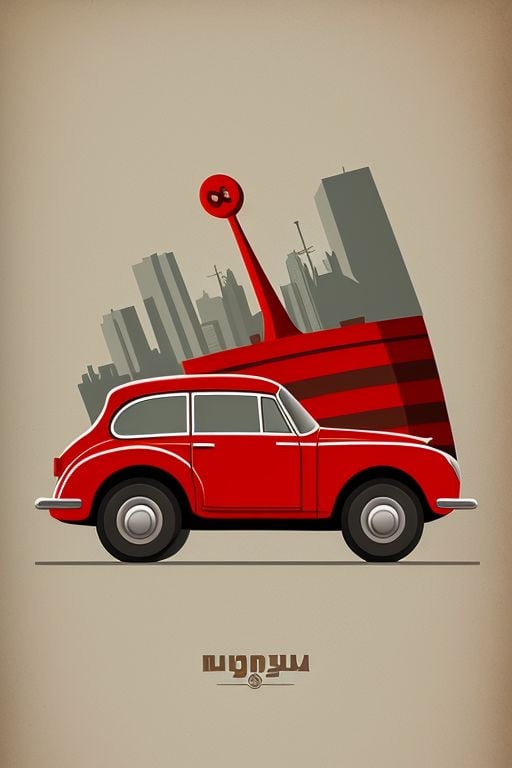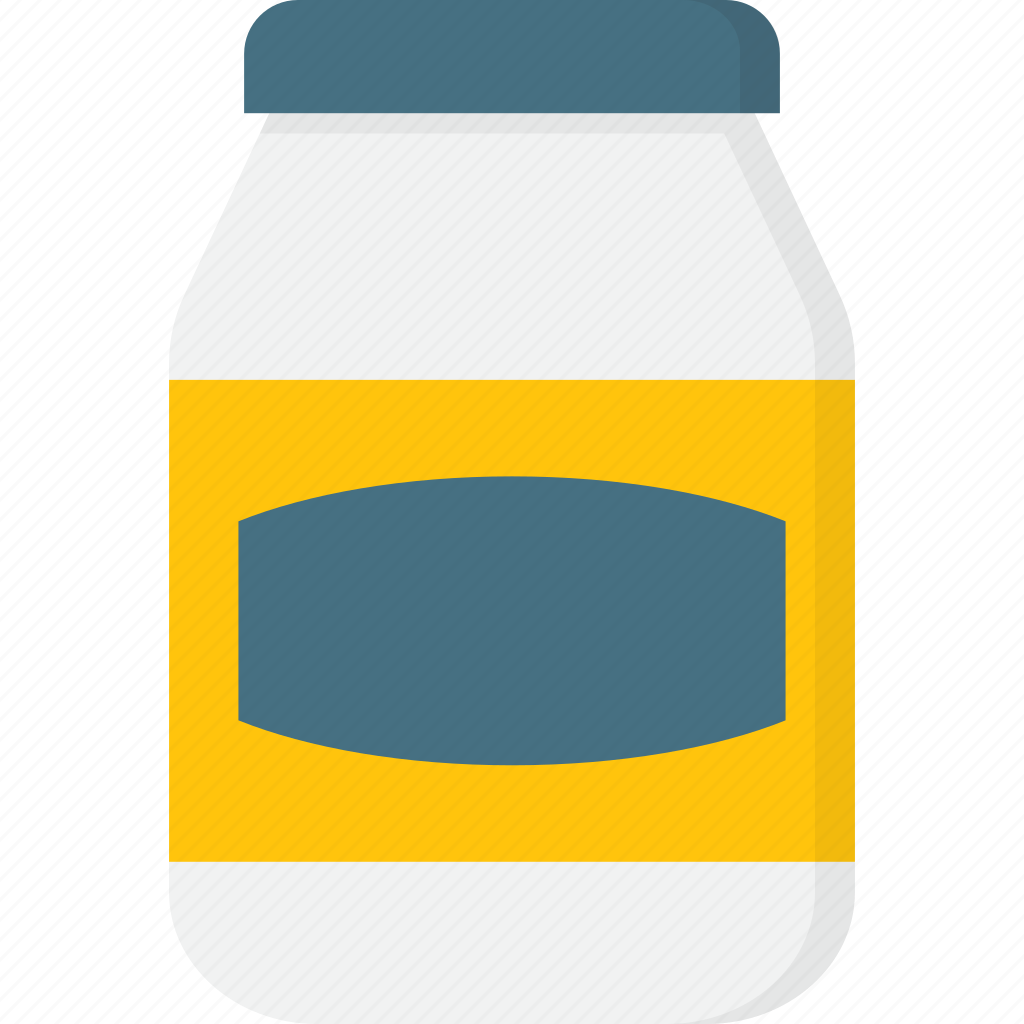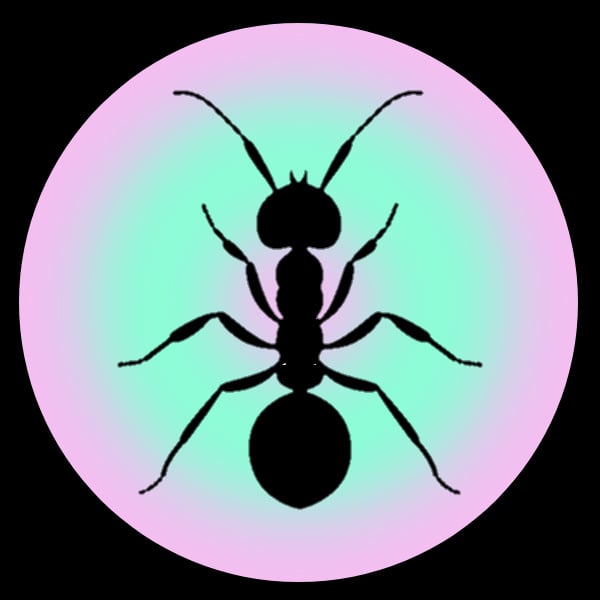It’s been trending this way for years, but seeing it graphed out like this is shocking.
What do you think are the effects of this drastic change?
Is it just me or is that graph all fucked up?

Well theres more then 0 percent that do meet multiple people throughout the year. So maybe still bullshit, but its a thought.
Definitely. This graph is how folks on Grindr hooked up.
I think this graph is fake. The way the data is presented is confusing, but the study they are citing doesn’t seem to confirm anywhere close to the 60% figure, it seems to be saying 11.5% instead: https://www.icpsr.umich.edu/web/ICPSR/studies/38873/datasets/0001/variables/W1_Q24_MET_ONLINE?archive=icpsr
This lower figure also seems to line up with other studies: https://www.pewresearch.org/short-reads/2023/02/02/key-findings-about-online-dating-in-the-u-s/
One-in-ten partnered adults – meaning those who are married, living with a partner or in a committed romantic relationship – met their current significant other through a dating site or app.
The graph is branded with the logo of “Marriage Pact”, which seems to be a dating app/service targeting college students. Maybe they made it as a form of (deceptive, unethical) advertising? I don’t know, reverse image search just shows similarly unsourced social media posts, I can’t confirm anything about its origins.
but the study they are citing doesn’t seem to confirm anywhere close to the 60% figure, it seems to be saying 11.5% instead
I think you’ve linked the variable of all couples regardless of when they got together. If 11.5% of all couples met online, whether they met in 2023 or 1975, then that doesn’t actually disprove the line graph (which could be what percentage of couples who met in that particular year met through each method).
The researchers who maintain the data set you’ve linked published an analysis of the 2017 data showing that it was approaching 40% towards the most recent relationships being formed, in 2017. I could believe that post-covid, the trends have approached 60%.
It could be that. I’m noticing now that the study I linked has a note about a sampling error they made:
Self-identified LGB adults were oversampled in HCMST 2017, and therefore remain oversampled in subsequent waves (2020, 2022). the weights (W1_WEIGHT_COMBO, W2_COMBO_WEIGHT, and W3_COMBO_WEIGHT) correct for this oversample.
So another possibility is that the data used for the graph is wrong because of a big correlation between sexual orientation and preference for online dating and it was made before this was corrected.
I don’t think the figures are intuitively implausible, mostly I’m just bothered by the apparent lack of any way to confirm the authenticity of the graph and its relationship to the source material, or get an authoritative answer to the question of how prevalent online dating is.
One reason to doubt them though, the other article I linked says that as of 2022
About half of those under 30 (53%) report having ever used a dating site or app
Which is the demographic that uses them the most. So it doesn’t make sense that more people would have met their current partner through a dating app than have ever used one.
About half of those under 30 (53%) report having ever used a dating site or app
Yes, but that’s a bigger denominator, and includes single people, and even those who have never been on a date. The headline question is what percent of couples met through different methods, not what percent of individuals, including those who are not currently in a couple.
So it doesn’t make sense that more people would have met their current partner through a dating app than have ever used one.
It could be that a higher percent of couples met online than the percent of people who have ever used online dating. If you have a data set where online dating is literally the only way to meet people, but only half of the people are trying that method, you’d have the situation where 100% of couples met online but only 50% of people have ever tried online dating (this hypothetical is purely to demonstrate the math, not claiming that this is in any way a reflection or the actual data).
It’s entirely possible (and I’d argue is likely) that the 53% who have used dating services are more likely to be in couples than the 47% who haven’t. And so that larger subset of the 47% would therefore be excluded in the “percent of couples” data.
mostly I’m just bothered by the apparent lack of any way to confirm the authenticity of the graph and its relationship to the source material
The 2019 paper I’ve linked is authored by the maintainers of the linked data set, and contains a very similar graph with an earlier cutoff (2017 data). I’m sure those authors know their data set. It’s just most of their papers using this data is paywalled, and the data is mainly used for other types of analyses.
If I have time I might be able to download the data set from a computer and just map it either naively or by applying the correct weights.
The graph in that linked paper is convincing to me. I wonder about the discrepancy in the line for Met in Bar or Restaurant though, the 2010 upward trend in that is totally absent in the OP image.
I wonder about the discrepancy in the line for Met in Bar or Restaurant though, the 2010 upward trend in that is totally absent in the OP image.
The caption for OP’s image says that stat was “cleaned up” to adjust for people meeting online. That could mean that some survey respondents met online and decided to meet in person in a bar or restaurant, and answered yes to both questions, and that those couples should be counted as “online” only.
Or it could mean they were actively swiping while at a bar or restaurant and looked up to see matches they’ve been recommended.
About half of those under 30 (53%) report having ever used a dating site or app
Which is the demographic that uses them the most.
Do you have a source for this, or is it just speculation?
The pewresearch link in my other comment gives a breakdown of percent having ever used a dating app by age cohort
The last part doesn’t mean that. It’s 53% of the whole population under 30. Could be a higher percentage of the ones having a partner/married. Since the total is smaller if you just take the ones having a partner. Removing the ones still single/didn’t meet anyone.
Right, I get that it doesn’t strictly rule it out directly, but it’s a surprising discrepancy. That 53% is just for under 30s too:
compared with 37% of those ages 30 to 49, 20% of those 50 to 64 and 13% of those 65 and older.
while the purported figure for people having met their partner through an app is for all demographics. The number of people who are partnered vs single is 70%. If 60% of those met via dating apps, that’s 42% of the total. Which seems probably still more than the number of people who have ever tried them, and that would only check out with the absurdly generous assumption that those apps have a near perfect success rate and almost no one who uses them goes back to other methods.
The number of people who are partnered vs single is 70%. If 60% of those met via dating apps, that’s 42% of the total.
You’re still not slicing thin enough.
If 60% of the couples who got together in 2022 met on dating apps, and people who got together in 2022 constitute 5% of all couples, that’s still possible (and probable), then those couples will still only be 3% of the total. Pretty easy to add up to 11% that way when you start including all the 10-year-old relationships, the 20-year-old relationships, etc.
If it were flat at 60% for all years then no, it wouldn’t add up.
But if you look at the area under the curve, it’s still pretty small comparatively speaking because it’s such a recent phenomenon. (And not every year would actually count equally for the whole data set, but it’s displayed in this chart as every year adding up to 100% for its own year.)
Ah, right
I think the difference is that variable is the entire population of coupled adults. Of course not 60% of all couples met online, but I’d believe 60% of couples that met this year met online.
I’d believe 60% of couples that met this year met online.
I think there’s a question of denominator, rather than percentage, involved here.
What happens when you have a pre-online standard of 100 new interactions a year in a population of 100k single-and-looking-to-mingle daters. Then you introduce dating apps, and you’ve still got the base-load 100 new interactions happening normally, but now you’ve got apps which allow you to make thousands of interactions a month rather than a hundred a year.
Now a hundred of those power-users on Grinder all start meeting up and fucking online. 100 unique combinations gets you 4950 “couples that met” in a year. Yeah, the “met up” only lasted for the duration of a naked high-five, but its points on the board!
Compare that to 100 couples that meets outside the app, but are doing it at the more stately pace of once-a-month (so, 3 times in 100 days). rather than as fast as they can swipe through the app. 300 unique “met ups” by comparison. Kinda high by historical standards but infintessimal to the ass-slapping orgy of dating the online community allows.
As someone who watches friends on these apps go on dates two or three times a week, but never settle down (because the focus of these apps is hooking up, not settling down, and the system is engineered to keep you engaged and swiping) I put forward the hypothesis that “How Couples Met” isn’t seeing a decline in non-app interactions but an enormous surge among a particular rarified group of power users milling their way through the library of potential hook-ups online.
I’d also posit that some number of these hook-ups are purely artificial (bot accounts, catfishing, onlyfans promotions, or other phony profiles) that exist purely to encourage lonely people to engage with the system and don’t actually signify human-to-human interactions. As evidence of this, I’d point you to restaurants using dating apps to dupe users into becoming customers.
See, I will agree with you, though not because of your reasoning (which very well might be spotless), but because of the phrase “ass-slapping orgy”.
(**edit: I had accidentally grabbed a graph about same-sex relationships without realizing it and have removed.)
Unclear what study that is referencing, but it’s notable that Michael Rosenfeld is also the first listed principle investigator in the study referenced in the OP, likely part of the same project, since they list updates for every few years (How Couples Meet and Stay Together (HCMST) 2017, 2020, 2022, United States). Also unclear who compiled the graph or where it was originally published. I want to reiterate that this study itself seems to very much not line up with the graph, unless I’m misreading it very badly.
The BBC article is about a book, Modern Romance, and the book makes a claim that 35% of Americans met their spouses online (“respondents who married between 2005 and 2012”). This checks out with the cited source study, which makes an identical claim, though there’s reason to be suspicious of it since it was funded by eHarmony. The scope there is a little different than “all couples”, but it’s still a very different number than what is in either this article’s graph, or in the OP graph, which are very different from each other as well (saying the number reached 70% by 2009 vs saying it reached 60% by 2020. I would think that if these graphs are genuinely based on research by Michael Rosenfeld that they would at least check out with each other.
Here’s what I think is probably going on here: people working for the marketing departments of dating apps fabricate bogus graphs, falsely attribute their source to real studies, and push them on social media to go viral. Then people writing articles like the one you linked about the subject copy paste those images without checking them, because it’s just a fluff piece for a recently published book and they don’t have much time to spend on it.
Where did you originally find the OP image?
Edit: Just noticed that the second graph is specifically about same-sex couples.
Sorry for removing the comment you just replied to. I didn’t realize I had grabbed the wrong graph from the article.
You could be right. I believe I found the original image circulating on reddit or tumblr (it was a few days ago).
I haven’t had the opportunity to read your link directly to the study yet.
This is for same sex couples which for a large variety of societal reasons likely wont reflect the dating scene among the average population, which skews heavily hetero.
Oh shoot, you’re right. I grabbed the wrong one. I was just looking at the dates.
The hetero graph in this article only goes to 2009, so this whole article probably isn’t too helpful. I’ve removed. Thanks
Thankyou for digging past the headlines and showing your findings. No one has the time to do it all the time but together we can.
That’s totally not it for me. It looks fake, but for me it was when this shit starts. A few percent got together in 1980 / early 80S?! Now I vaguely remember the 80s and the “internet” from then. I can’t imagine any got together from “online dating” then or the internet overall. Do you have a concept of what “internet” was then?
I mean that would’ve been the time of BBSes and email so probably a few people met partners online via shared interests and later met up in Meatspace. BBSes particularly had a tendency towards local connections since phone calls were expensive outside of the local exchange (area code)
deleted by creator
Having 4 shades of grey as colors in a colored graph certainly is a choice…
The most distinct 8 colours are of course: Red, Blue, Blue, Black, Grey, Grey, Grey, Grey.
That chart must be made by a dog.
They’re all dubious relationships. Only work, friends and online lead to clear, healthy relationships.
/s
Possibly in order to be readable by color-blind people.
I just like that it looks like a cuttlefish.
Before I was a ten, my mother was desperate to leave her home state and met a man online/a romantic post, moving states away. Had to be 1997, 1998.
Where i grew up no one had my values or my interests. My spouse of 10+ years i met on a free MMO back in 2010s we both happened to play and got to know each other there, then after a year chatting daily on cam, phone calls, and dms we met up.
So “meeting online” is really vague and can mean a lot of things. It’s also gone from being new, some dating apps may help people connect, to being enshittified. Never used it for dating but OK cupid WAS ok at looking for like minded friends for like a second.
But people sharing hobbies and falling for each other probably will always happen even as the apps suck.
I wouldn’t have found someone geographically near me with my same morals and hopes and wants out of life. I have never found “my parents and your parents birthed us here and so maybe we should get married” to be enough common ground.
For me, the big question isn’t what are the effects, but rather, what is the cause?
I see this as an effect of something else that other effects of could be mistaken as symptoms of this here.
Basically, the destruction of third spaces and public life in general has caused an increasing number of people to find relationships (both romantic and platonic) online because they no longer have the opportunity in their daily life. That, and the increased ease of long distance relationships and meeting people from far away means that people are probably more likely to have the opportunity to fall in love with somebody outside of their tiny corner of the world.
speaking from my own personal experience. options for dates were lackluster and I couldn’t get what I wanted out of the relationships I had so, I looked elsewhere.
especially in small rural communities where the opportunities to expand your experience in mature relationships. most the dates I had were, “let’s get wasted and fuck on this dirt road” or “let’s get drunk around the bon fire with all our friends and go fuck in the woods”. sound nice, but if it’s the only option every weekend it gets old.
I wanted a personal connection to someone outside of getting drunk and having sex, others are fine with it.
I wish there was some granularity to “online.” I met my wife on a BBS in 94. It wasn’t a dating site, it was a discussion board, and neither of us was looking to hook up with anyone. There are lots of things like that, but I’m guessing dating apps/sites are the biggest component.
The number of people that met on BBS would probably not even register as a line on that graph, lol. You are a rare gem, good sir or madam.
I wasn’t meaning to say that my situation itself was representative, just that most people see that line and think dating sites, and that’s probably not completely correct. There are lots of online venues, like games, that aren’t dating sites, but I didn’t know what the breakdown is.
People who randomly throw out acronyms expecting everyone to know them are TEBM.
Honestly, WoW would be a not insignificant chunk of people that met online if it was split up into more granular data.
I bet you’re right, and significantly more if you included online games as its own subcategory.
Awesome. Met the wife on IRCnet, shortly after the great split.
It’s almost like something happened in 2020 to cause a big spike. I wonder what that could have been, and if it is still the case.
Ah, life is full of mysteries.
Except the graph ends with 2020, so I’m not sure it even includes whatever mystery events might have biased things towards online that year.
To think it all started with DoD nerds hooking up in the 80s.
Yeah not sure what they mean by “online” in the early 80s. That was even too early for BBS to really be a big thing. Like there were people out there messing with that stuff. I had a modem for my MSX in 80s, where you put the horn on the modem to interface. But besides from dialing my one friend who also had one and being amazed at the tech, it had no real use. The graph makes it seem like an actual percentage of people were not only online, but meeting their future partners on there? That makes me doubt the validity of this graph.
Could be early IT people meeting secretaries and the like when visiting to fix the internet.
Surely this graph is wrong? In 1974 couples used to meet while kung fu fighting. A lot of research tends to prove it.
It’s hard to get a headcount when people are fast as lightning.
Q: “Why didn’t you get in touch with that guy you met at the kung fu fight?”
A: “In fact, he was a little bit frightening…”
wait, everybody was kung fu fighting?
I met my partner because my ex broke into their house with a friend to get their bong back. My partner and their ex, walked in on my friend and my ex, and obviously freaked out. I have no idea why they decided to be friends, but as a result, I’ve been in a relationship for 7 years now lmao. If anyone is wondering how that happened, we were poly, but now we’re monogamous. Also, both of our ex’es are transitioning now, and I couldn’t be happier for them. That’s just a random coincidence. One male, one female. Also, it’s really weird being in a straight relationship after being in a queer relationship for years. Sorry for the tangent.
The sad thing is, that amazing story would be listed as just “through friends” on the survey.
True, lol
The few times I’ve had friends set me up never ended well. Those were usually the worst, in terms of compatibility.
It’s funny I guess how friends view you. Either that or they just want their friend groups to be one big “family”.
I’m not surprised to see such a huge drop there.
Why does online shoot up as soon as it surpasses friends?
It has to be smartphone apps coming out
That is kinda sad
For “through friends”, I feel like a lot of larger friend networks have collapsed. People aren’t friends with as many people as large get togethers have become rarer over time.
There are stories of people who met once at a long event and then maintained contact over time. Now, everyone would be on their phone.









